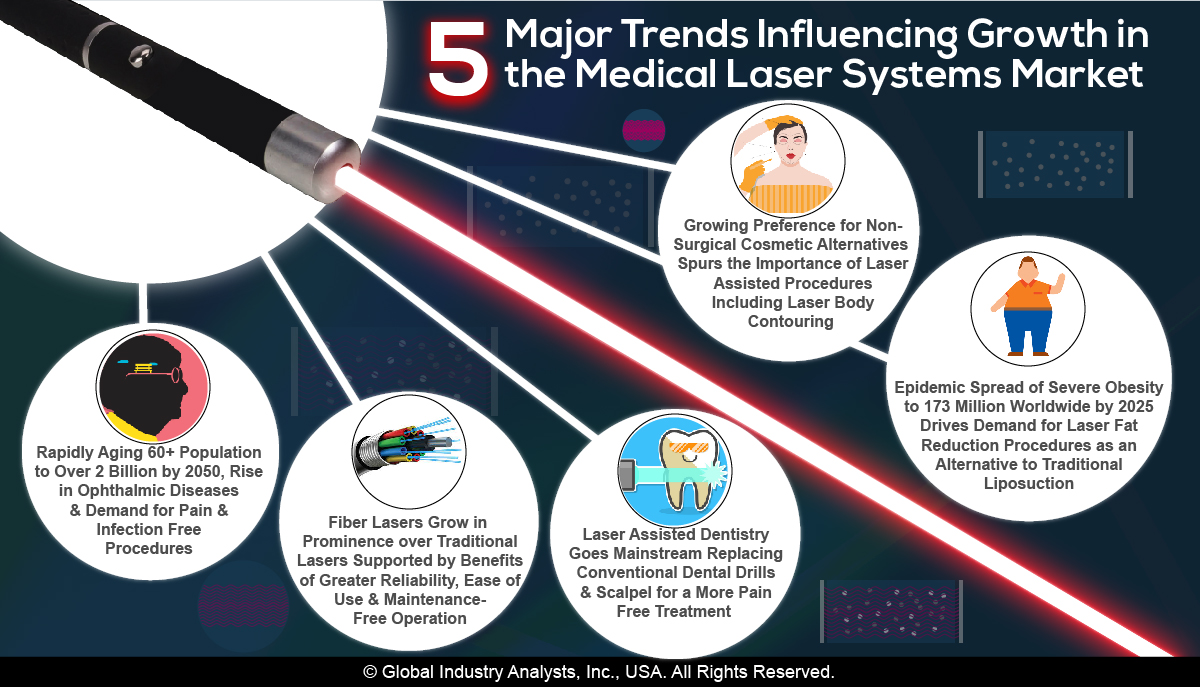This Article Reviews The LASIK Alternatives For Thin Corneas

Created by-Kristiansen McCurdy
There are lots of people who have been told they can't get LASIK eye surgical treatment due to inadequate corneal thickness. Thankfully, there are other refractive surgical treatment alternatives for them to think about.
These brand-new therapy alternatives are more efficient than LASIK at dealing with certain kinds of vision problems and also minimizing the requirement for glasses or calls. They're also extra inexpensive than LASIK!
1. PRK
LASIK is a preferred laser vision correction surgery, however not everyone is an optimal prospect for it. This is particularly true for those with thin corneas or those that participate in energetic sporting activities or operate in risky jobs that place them at a better threat of injury to their eyes.
The good news is, there are other lasik choices that work and secure for people who don't get approved for LASIK. One of these is PRK (photorefractive keratectomy).
Like LASIK, this procedure aims to permanently remedy your refractive mistake. It likewise enables you to lower or remove the demand for glasses as well as contacts.
2. ASA
If you're considering LASIK but have dry eyes or slim corneas, ASA (Advanced Surface area Ablation) might be the right alternative for you. This laser vision improvement technique reshapes the outer layer of your cornea, enabling your surgeon to use an excimer laser to fix your eye's refractive mistake.
ASA is an advanced variation of PRK, or photorefractive keratectomy, which was the precursor to LASIK as well as was first authorized by the FDA in 1995. Throughout this treatment, your epithelium is separated, moistened with a diluted alcohol remedy, as well as folded up back, prior to the excimer laser improves the cornea.
ASA has less threats than LASIK or PRK, and it generally takes a much shorter healing duration. Nonetheless, there are some side effects that ASA clients might experience, consisting of post-operative discomfort as well as pain, undercorrection or overcorrection, and night vision disruptions.
3. Refractive lens exchange
For individuals who are seriously nearsighted or farsighted and also can not undergo laser vision adjustment procedures such as LASIK or PRK, refractive lens exchange is an excellent option. This treatment is done by changing your all-natural lens with a special intraocular lens (IOL) that fixes your refractive error and also eliminates the demand for glasses or get in touches with.
If you suffer from presbyopia, an age-related eye problem that triggers you to have trouble seeing at close distances, Refractive lens exchange is the best option available to you. This is because LASIK can not properly fix this eye trouble as it works on the cornea.
For https://hilario667arianna.werite.net/post/2023/04/14/LASIK-Surgical-Treatment-Can-Remedy-Astigmatism-By-Improving-The-Cornea.-The-Treatment-Fasts-And-Also-Painless , the aging procedure triggers the lenses in their eyes to lose adaptability and come to be less versatile. Acute Glaucoma causes troubles focusing on up close items such as reading and dialing phones.
4. Monovision
Monovision is a technique of vision improvement that utilizes a call lens to fix for both far and wide distances. It is most typically used to treat presbyopia, which is a typical eye condition that happens as people age.
It can also be an option to LASIK in some patients. With monovision, one eye is corrected for distance vision and also the other is fixed for close-up vision (near vision).
Many people that make use of monovision contact lenses do not require reading glasses or glasses. Nevertheless, this is not always the case.
In a handful of instances, it can be needed to wear glasses when dealing with great information or concentrating on close-up things.
Surgical alternatives for monovision include laser surgery and intraocular lens insertion. In the short-term, monovision might be tried with get in touch with lenses to establish if it is appropriate for a client.

